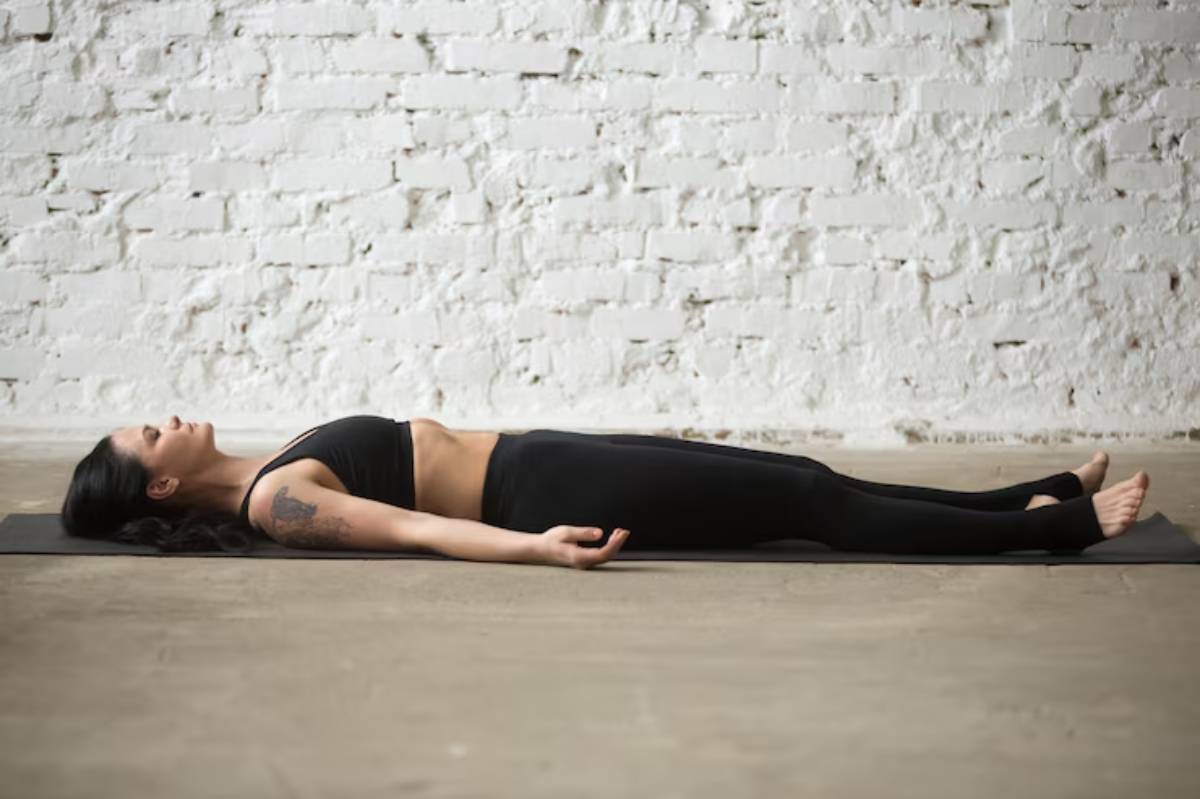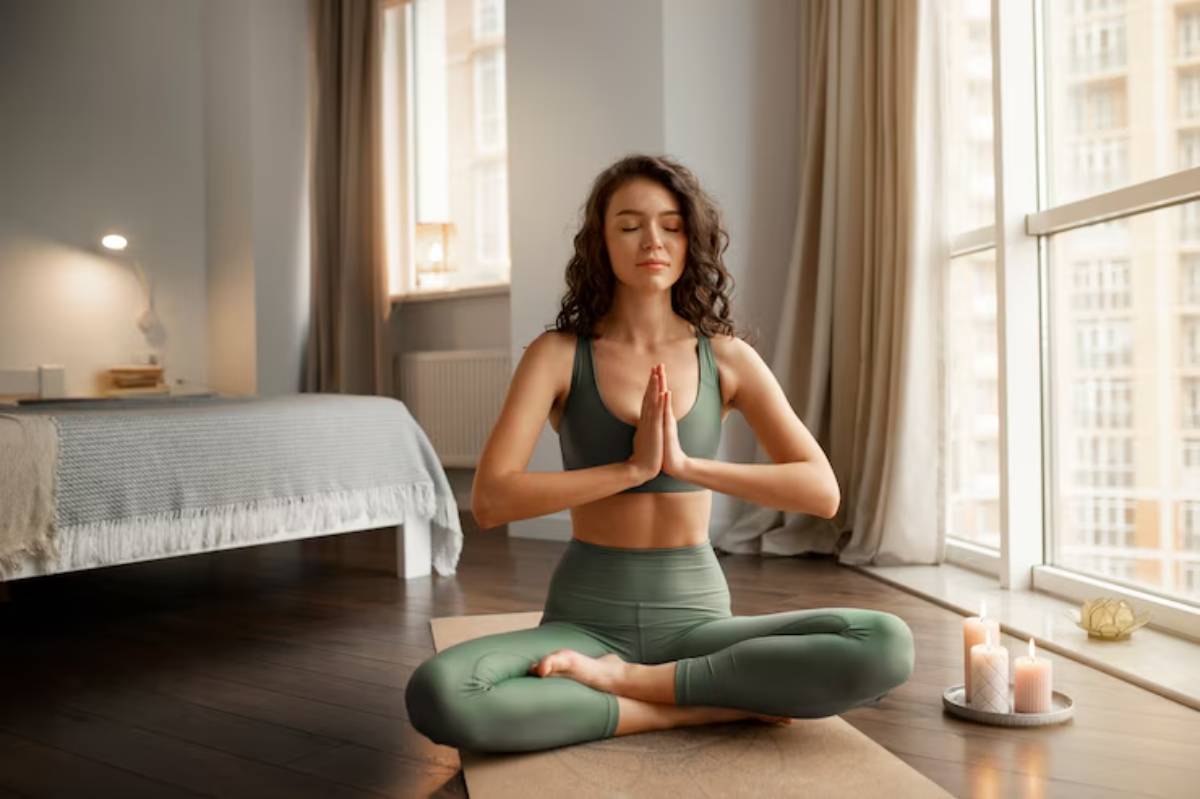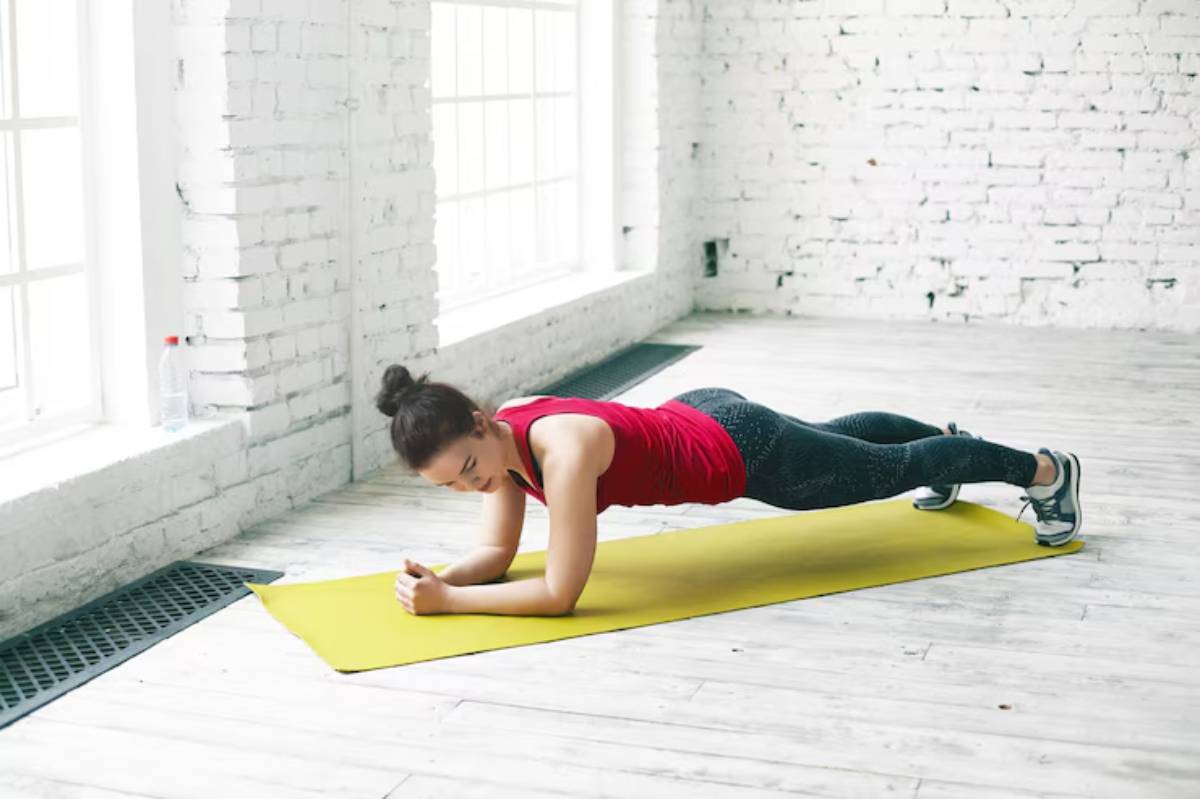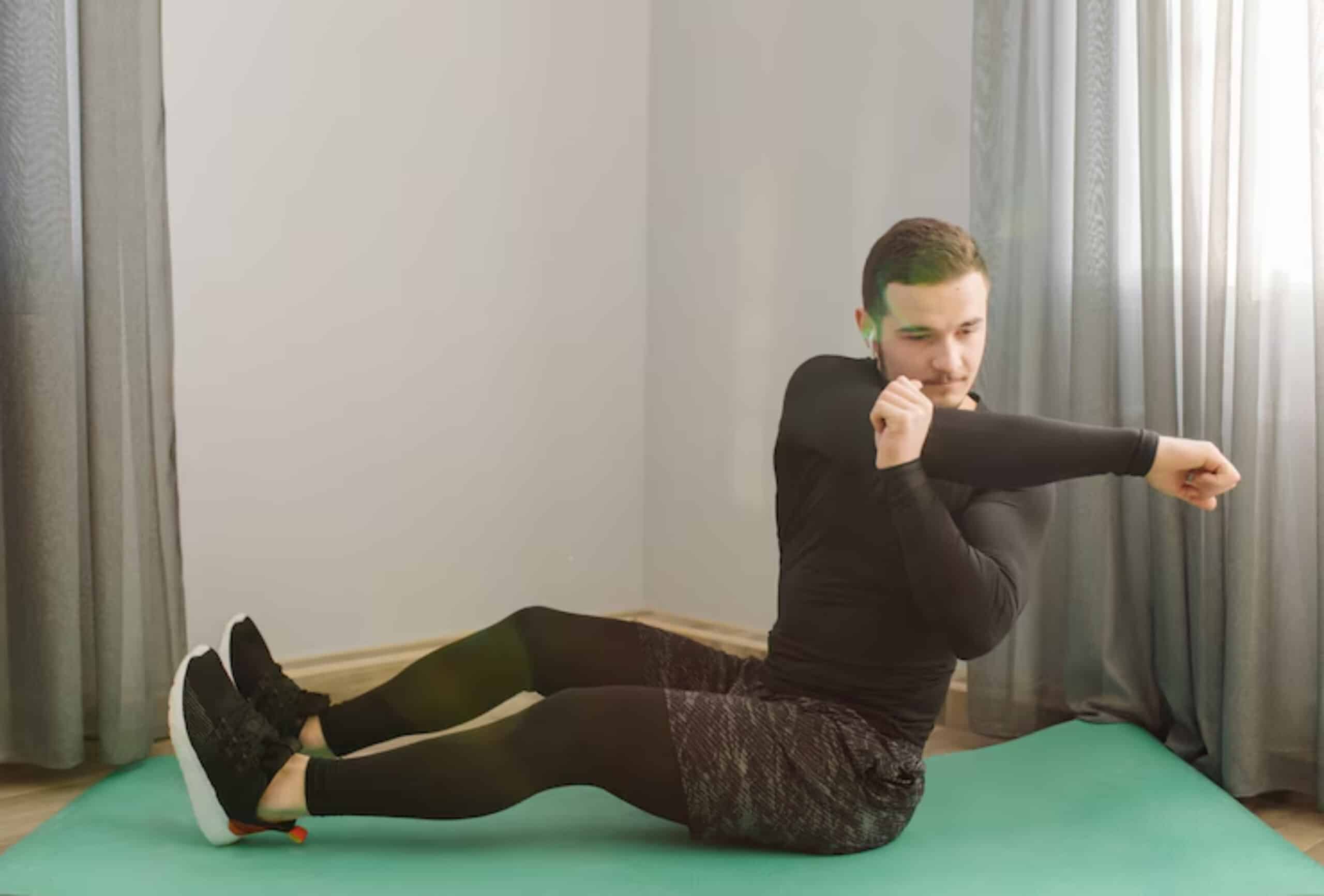
Advanced Backbend Series for Strength & Mobility
Backbends are often seen as glamorous yoga poses that flood Instagram feeds—heart-openers, graceful arcs, and dramatic shapes. But behind the aesthetics lies a powerhouse of benefits. Advanced yoga backbend poses aren’t just about flexibility. They build real strength, enhance mobility, open up tight muscles, and connect you to your body in deep, empowering ways.
If you’ve already mastered foundational poses like Cobra, Bridge, or Upward-Facing Dog, you might be ready to explore deeper backbends. This article will guide you through an advanced back flexibility workout, including safe warm-ups, key poses, strength-building tips, and real-life advice for progressing with confidence.
Whether you’re looking to deepen your practice, overcome stiffness, or develop more spinal mobility, this guide offers the insight and structure you need.
Let’s bend, strengthen, and grow — safely and powerfully.
Why Backbends Are Essential for Mobility and Strength
The Science of Spinal Mobility
The spine has natural curves designed for movement and support. Prolonged sitting and sedentary habits tend to flatten these curves, creating tight hips, stiff shoulders, and weak backs. Backbends help restore spinal extension, open the front body, and counteract forward-hunching habits.
Muscles Activated During Backbends
Advanced backbends aren’t just about the back. They recruit:
- Erector spinae: Along the spine for extension
- Glutes and hamstrings: For stability and lift
- Hip flexors and quads: For front body opening
- Shoulders and arms: For pushing, pulling, and balance
- Core: For protection and engagement
In essence, backbends are full-body exercises.
Why Strength Matters
A safe, effective backbend relies on active engagement rather than passive hanging. Using your muscles to support the spine ensures longevity, prevents compression, and enhances overall mobility.
Prerequisites: Are You Ready for Advanced Backbends?
Before diving into complex poses, make sure you can:
- Hold Bridge Pose and Wheel Pose (Urdhva Dhanurasana) for at least 5 breaths
- Perform Cobra and Upward Dog with proper engagement
- Maintain shoulder and hip flexibility without pain
- Engage the glutes and core consistently during movement
If not, revisit our Improve Range of Motion With Yoga Strength Flows to build your base.
Key Warm-Up Poses to Prepare Your Body
Never attempt advanced backbends without warming up. Here’s a dynamic prep sequence:
1. Cat-Cow (Marjaryasana-Bitilasana)
Mobilises the spine with breath-coordinated flexion and extension.
2. Low Lunge With Quad Stretch
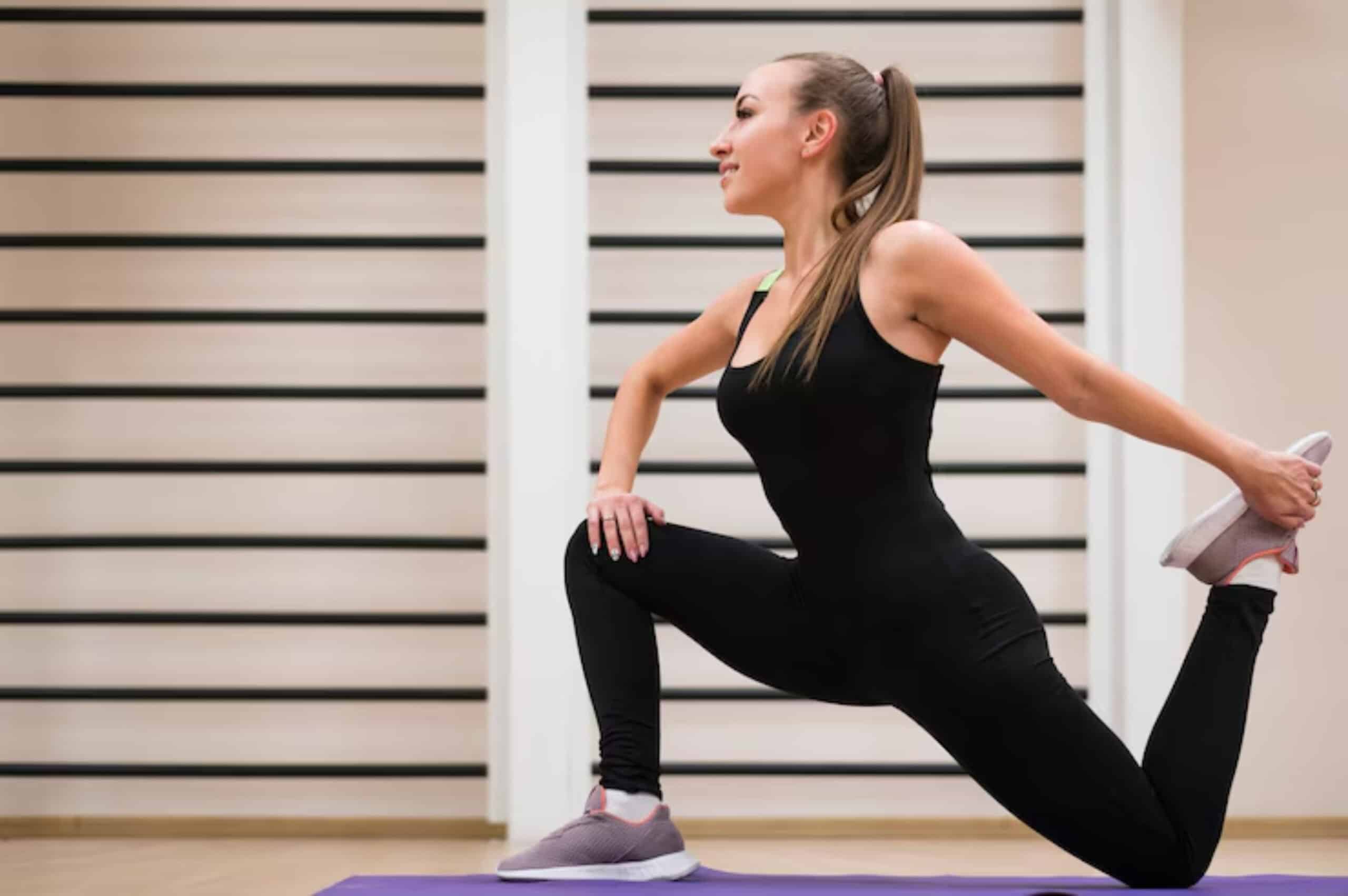
Opens hip flexors and preps the front body.
3. Puppy Pose (Uttana Shishosana)
Targets the shoulders and upper back.
4. Sphinx to Seal Pose Flow
Builds awareness in the lumbar spine without compressing.
5. Locust Pose (Salabhasana)
Activates the posterior chain: glutes, hamstrings, and back.
Spend at least 10–15 minutes on warm-ups to allow deeper access later.
Advanced Yoga Backbend Poses to Practise Safely
Each of the following poses challenges to flexibility, strength, and focus. Approach them gradually.
1. Wheel Pose (Urdhva Dhanurasana)
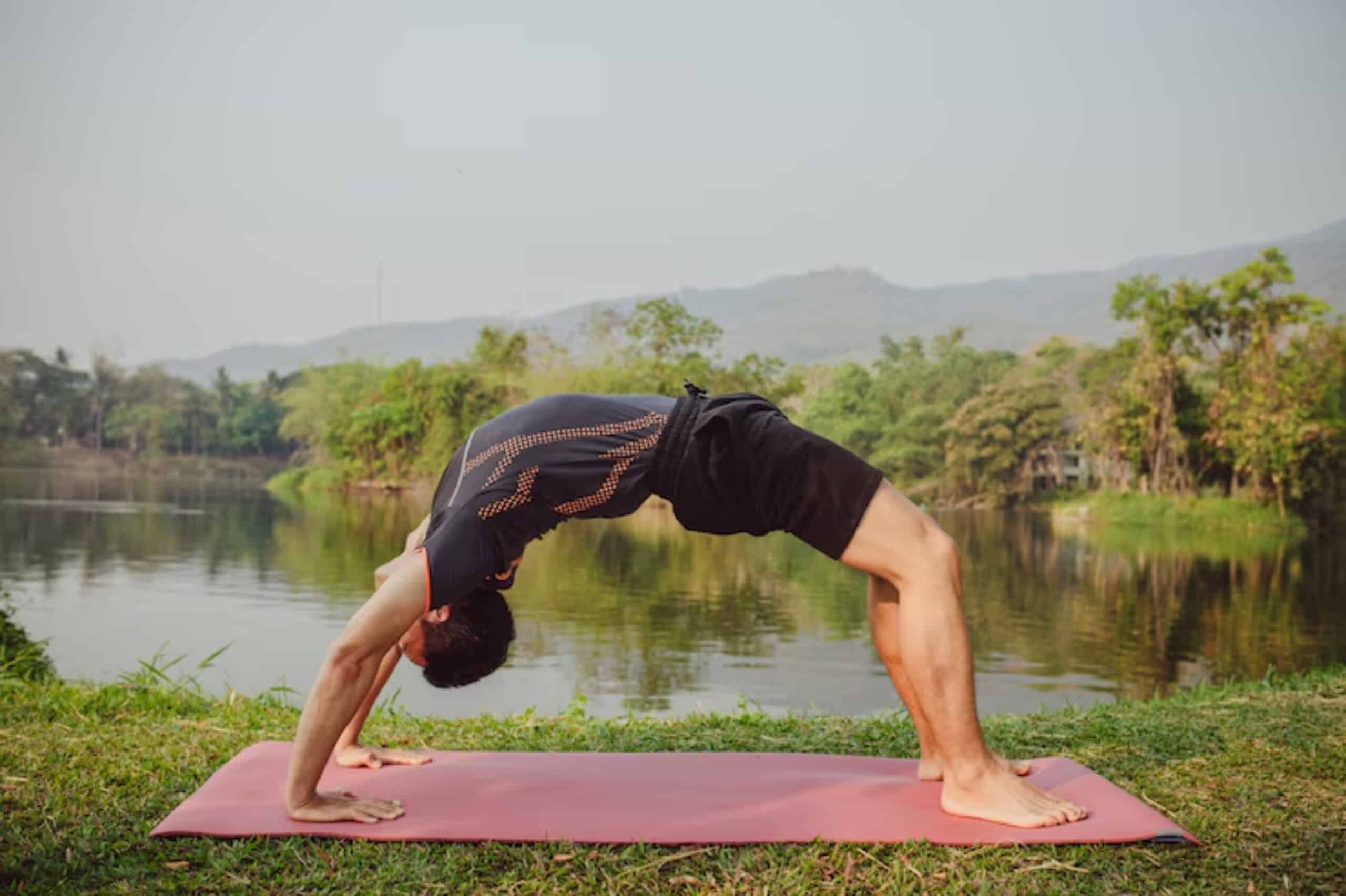
Why: A foundational advanced backbend that strengthens arms, legs, glutes, and back.
Tip: Keep feet parallel, press evenly through hands and feet.
2. Forearm Wheel (Dwi Pada Viparita Dandasana)
Why: Builds shoulder and thoracic strength with deeper spinal opening.
Tip: Come from Wheel Pose, lower to forearms with control.
3. Camel Pose Variation with Blocks
Why: Enhances lift and chest opening with support.
Tip: Place blocks beside feet for hand support; lift through the sternum.
4. King Pigeon Pose (Eka Pada Rajakapotasana)
Why: Combines backbend with hip and quad flexibility.
Tip: Use a strap if you can’t reach the back foot.
5. Full Bow Pose (Dhanurasana Variation)
Why: Deep engagement of quads, shoulders, and spine.
Tip: Press feet into hands while lifting chest.
6. Chinstand (Ganda Bherundasana)
Why: Builds trust, balance, and advanced backbend control.
Tip: Practice with a wall and engage the entire body.
How to Build Strength for Backbends
Even the most flexible yogis need strength to avoid injury. Here are some drills to add to your routine:
1. Wall Walks
Strengthen shoulders, legs, and mental focus by walking hands down a wall into a wheel-like shape.
2. Bridge Pulses
Lift and lower hips while keeping feet grounded, activating glutes and core.
3. Shoulder Taps in Plank
Improves shoulder stability and awareness.
4. Reverse Tabletop Lifts
Encourages posterior chain engagement with a gentle backbend shape.
Breathwork & Mindfulness in Backbends
Your breath guides your movement and mental state. Backbends can feel vulnerable and intense. Use Ujjayi breathing to:
- Calm the nervous system
- Create rhythmic movement
- Reduce fear or tension in deep poses
Focus on long, steady exhales when entering or holding poses.
Creating Your Advanced Backbend Flow (Sample Routine)
Here’s a 30-minute strength and mobility-focused backbend series:
Warm-Up (10 minutes)
- Cat-Cow (1 min)
- Low Lunge + Quad Stretch (1 min each side)
- Puppy Pose (2 min)
- Locust Pose (2 rounds, 30 sec)
Flow (15 minutes)
- Wheel Pose (2 rounds, 30–60 sec)
- Camel Pose with Blocks (2 rounds)
- King Pigeon (1 min each side)
- Forearm Wheel or Bow Pose (hold as long as comfortable)
Cool Down (5 minutes)
- Supine Twist
- Happy Baby
- Savasana
Add this to your weekly routine to improve both strength and flexibility.
Real-Life Stories: Progress You Can Feel
Chloe, 35, Yoga Instructor “I used to dread backbends, but once I stopped forcing and started strengthening, everything changed. Now Wheel Pose feels powerful rather than painful.”
Tom, 42, an ex-Crossfitter, says, “I had shoulder issues and stiff hips. Yoga backbends helped me open up in a way lifting never did. The mobility I gained improved my posture and breathing.”
Common Pitfalls to Avoid in Advanced Backbends
Overarching the Lower Back
Instead, focus on distributing the bend evenly across the spine. Engage the core and glutes to support the lumbar area.
Forcing the Neck
The neck should follow the spine naturally. Never drop your head back without control.
Ignoring the Shoulders
Tight shoulders can limit your backbend. Prioritise mobility drills and dynamic shoulder openers.
Comparing Progress
Backbend depth varies due to anatomy. Focus on your journey, not how deep someone else can go.
Enhancing Progress with Props and Modifications
Use Blocks:
- Hands in Wheel Pose
- Beside the feet in Camel Pose
Try Straps:
- To bind hands in King Pigeon or Full Bow
Use a Wall:
- For support in the Chinstand or Forearm Wheel
Props allow access to advanced shapes without compromising safety.
Backbend Recovery: Aftercare Matters
After deep extensions, always return to neutral or flexion:
Post-Backbend Poses:
- Child’s Pose
- Seated Forward Fold
- Reclined Spinal Twists
Hydration & Rest:
Drink water post-practice and give your spine time to recalibrate. Rest days are part of strength-building.
Conclusion: Bend with Strength, Open with Intention
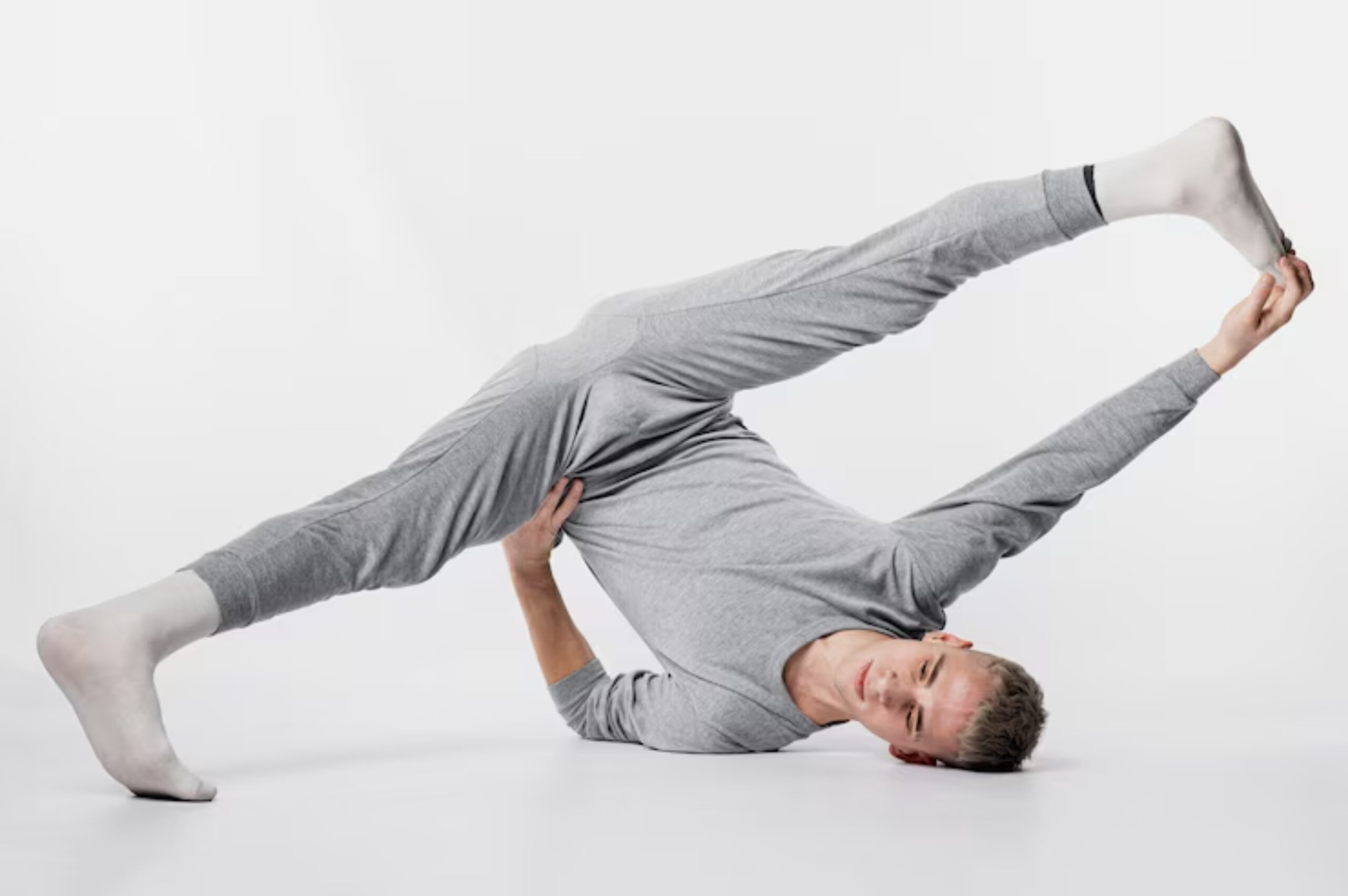
Advanced backbends are not just for show — they are tools for deep strength, resilience, and personal growth. When approached with patience, preparation, and strength, they unlock not only physical mobility but also emotional release and confidence.
Whether you’re exploring King Pigeon or holding Forearm Wheel for the first time, remember: it’s the process, not the pose, that brings transformation.
Feeling inspired to go deeper? Share your backbend journey, tag us in your photos, or subscribe for weekly yoga mobility tips. Let’s rise, one breath and one bend at a time.
